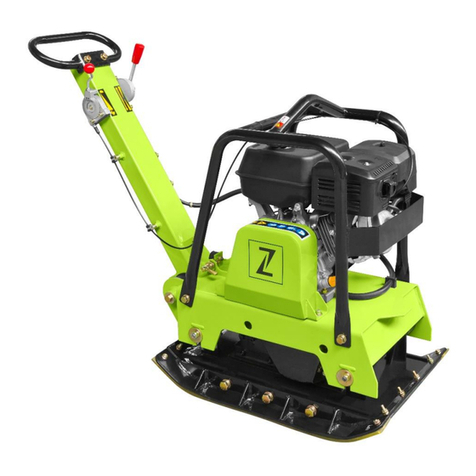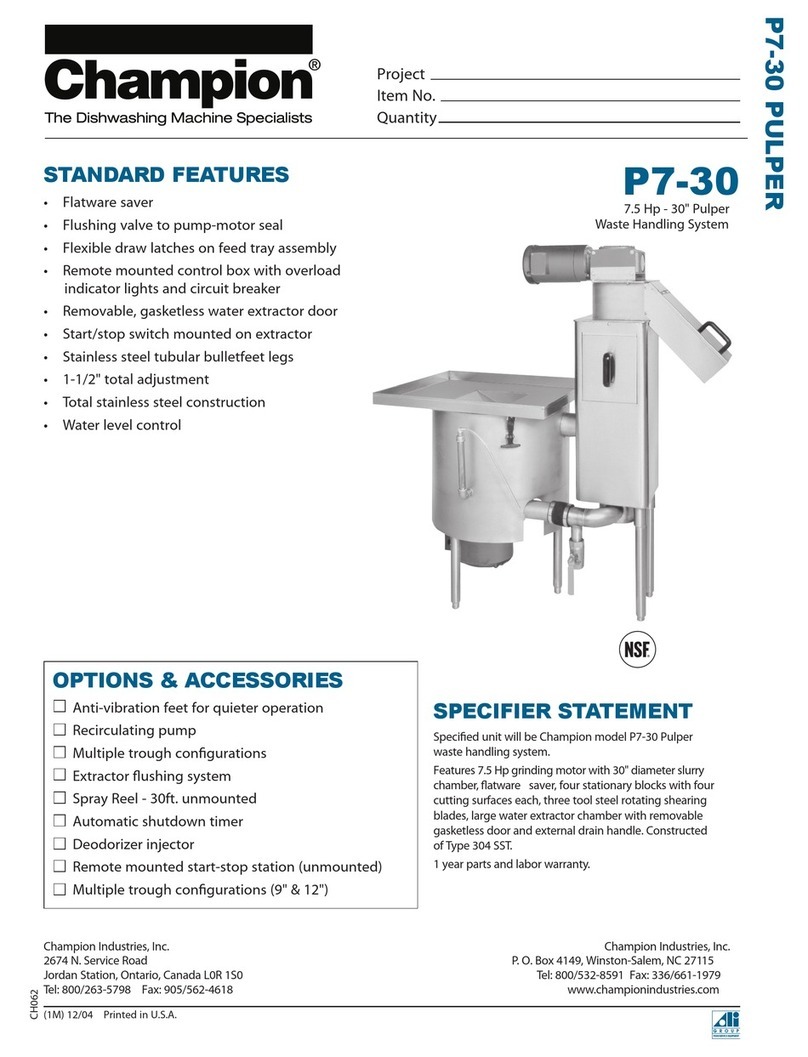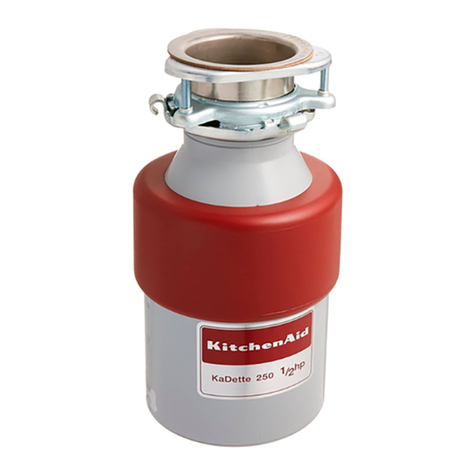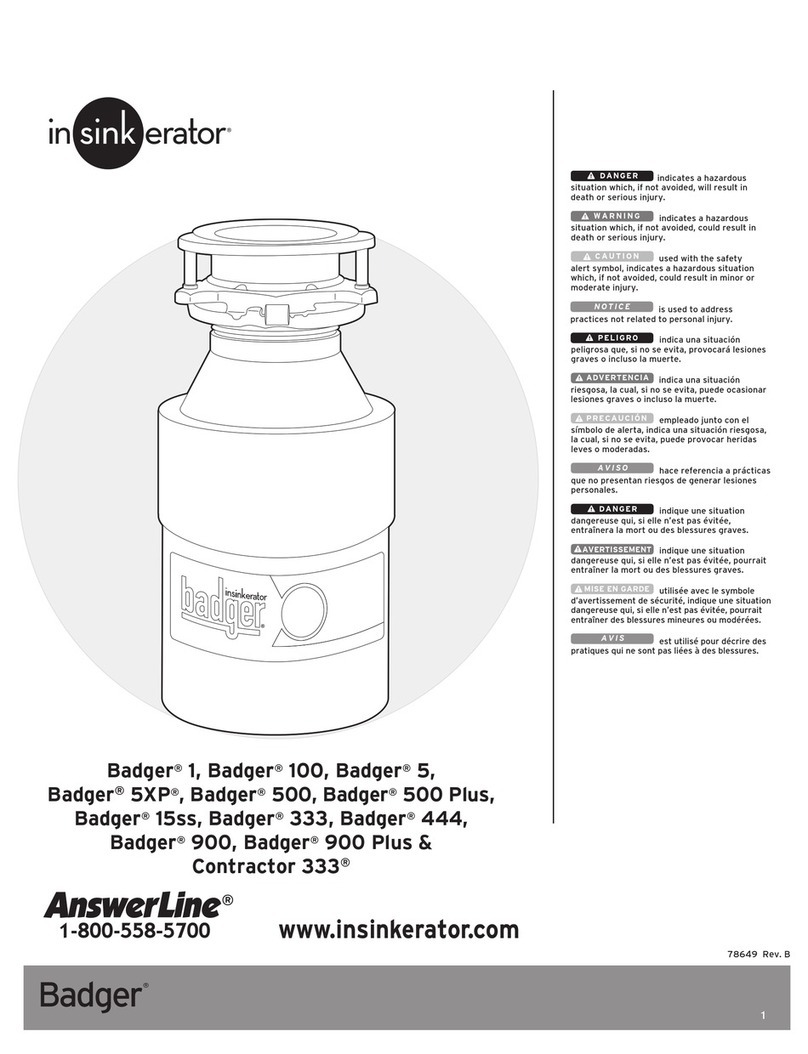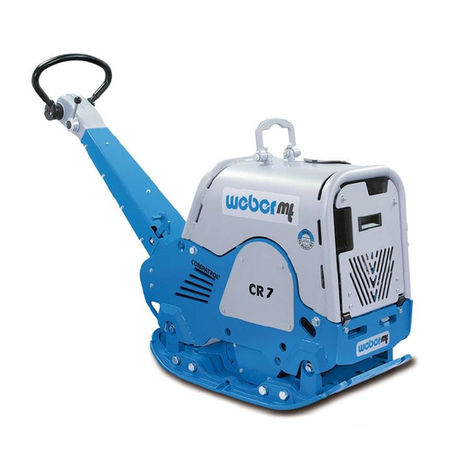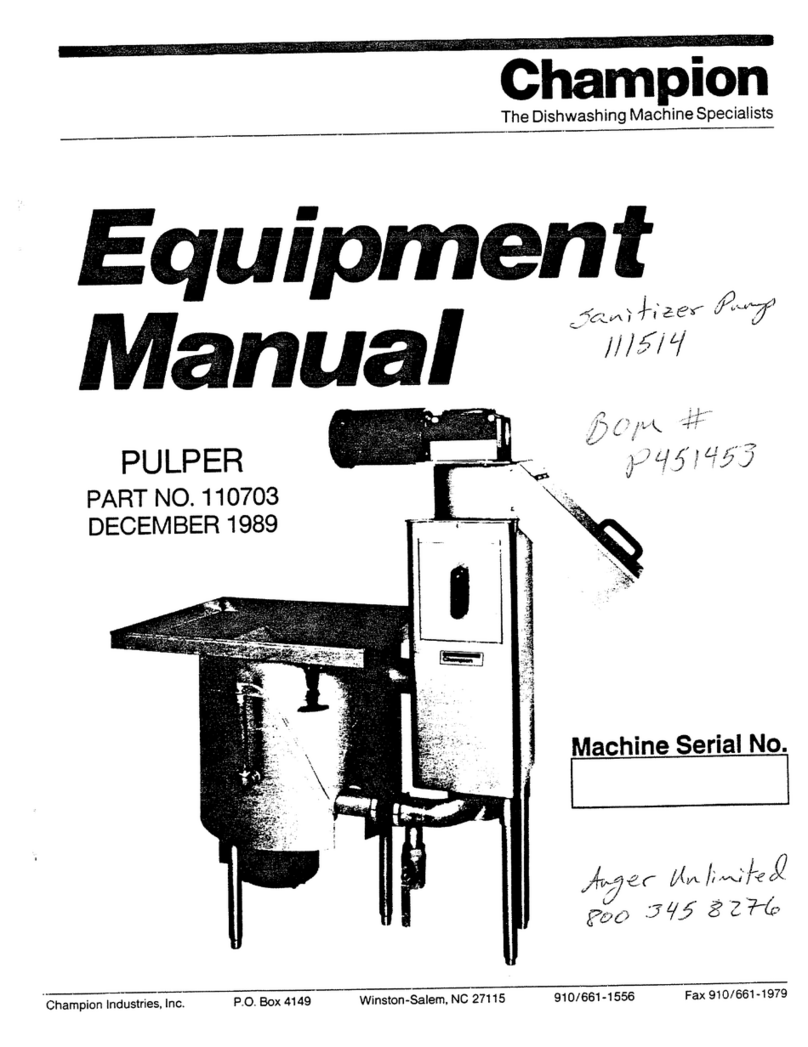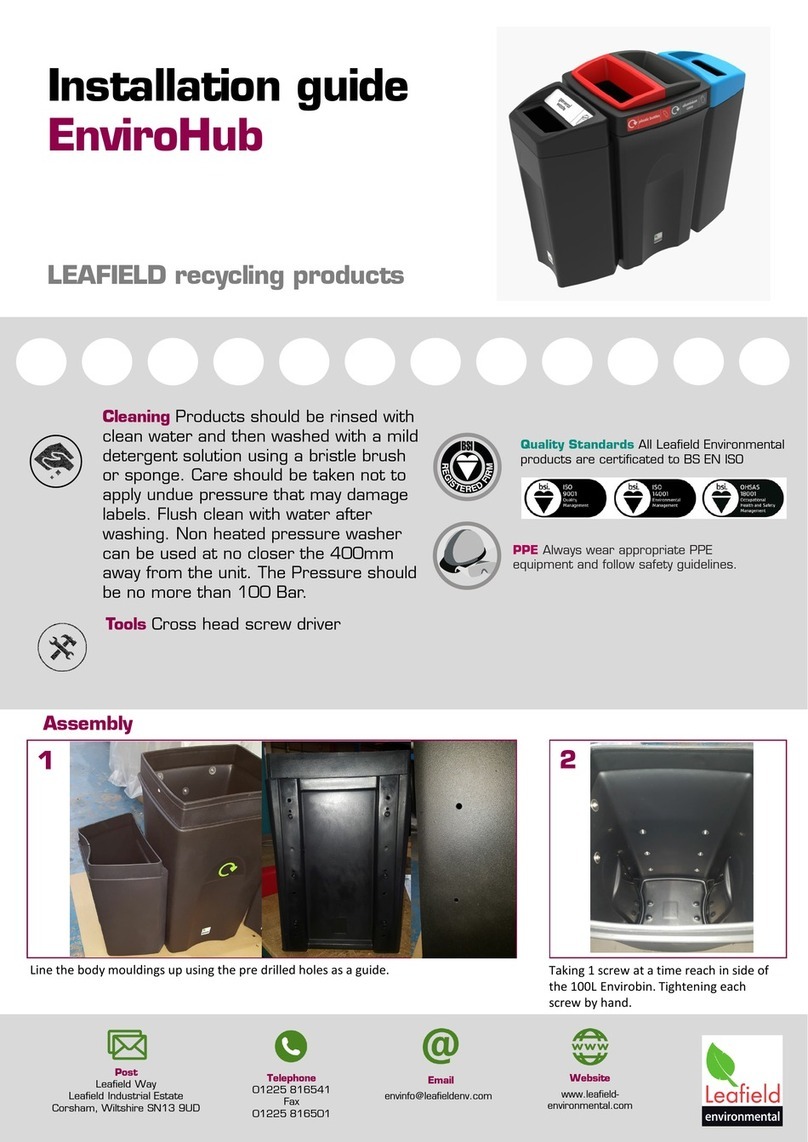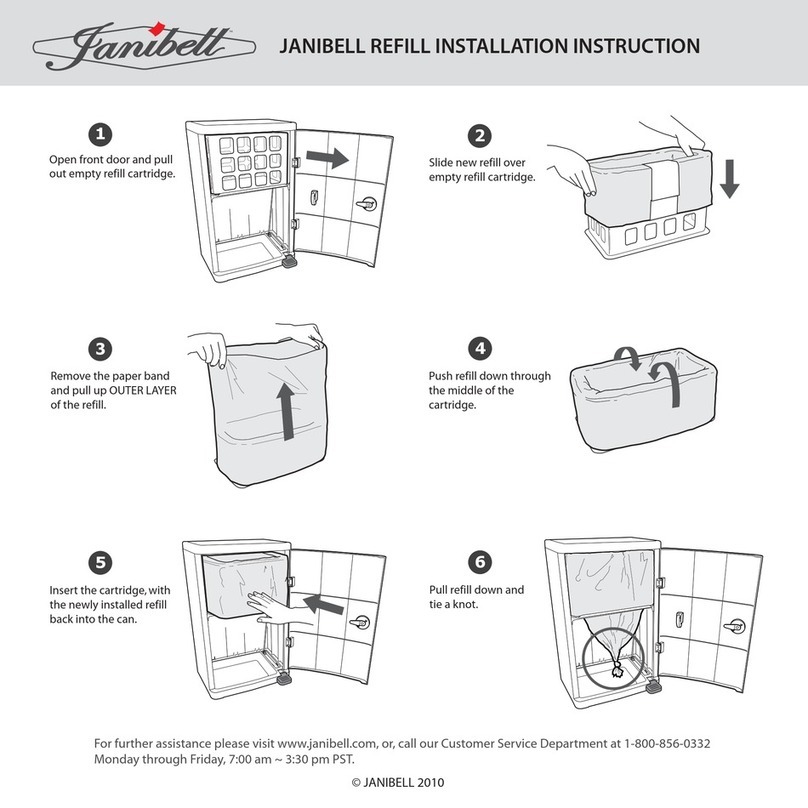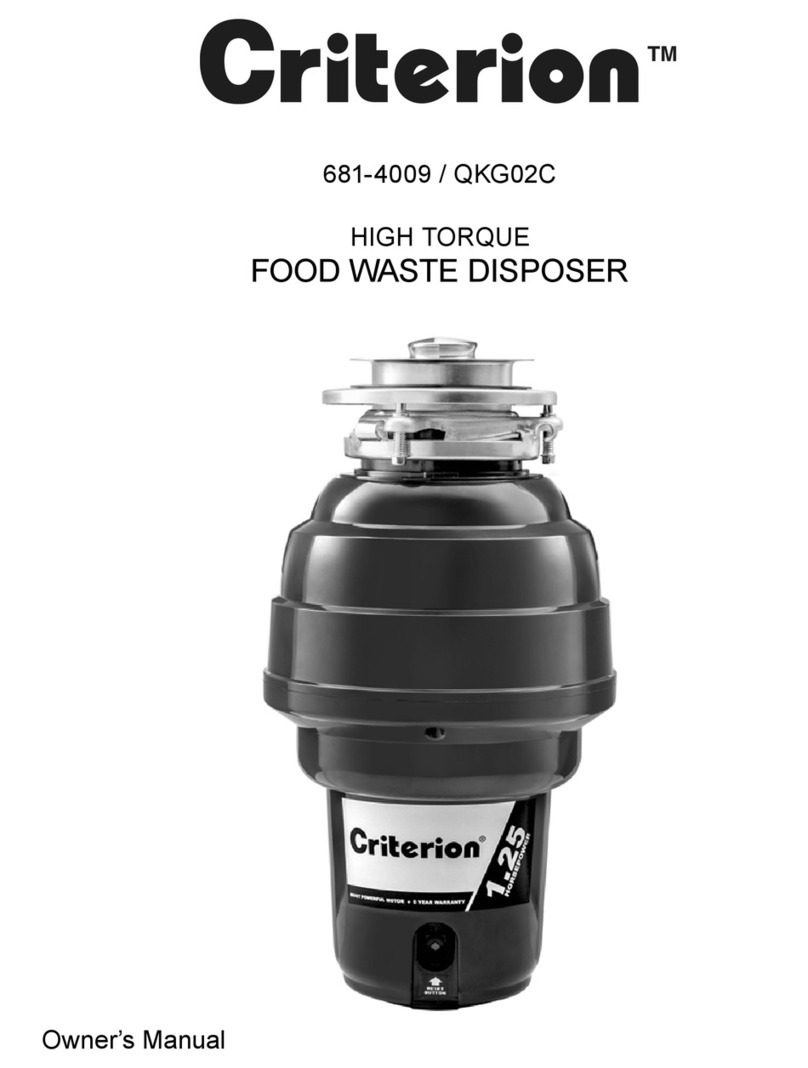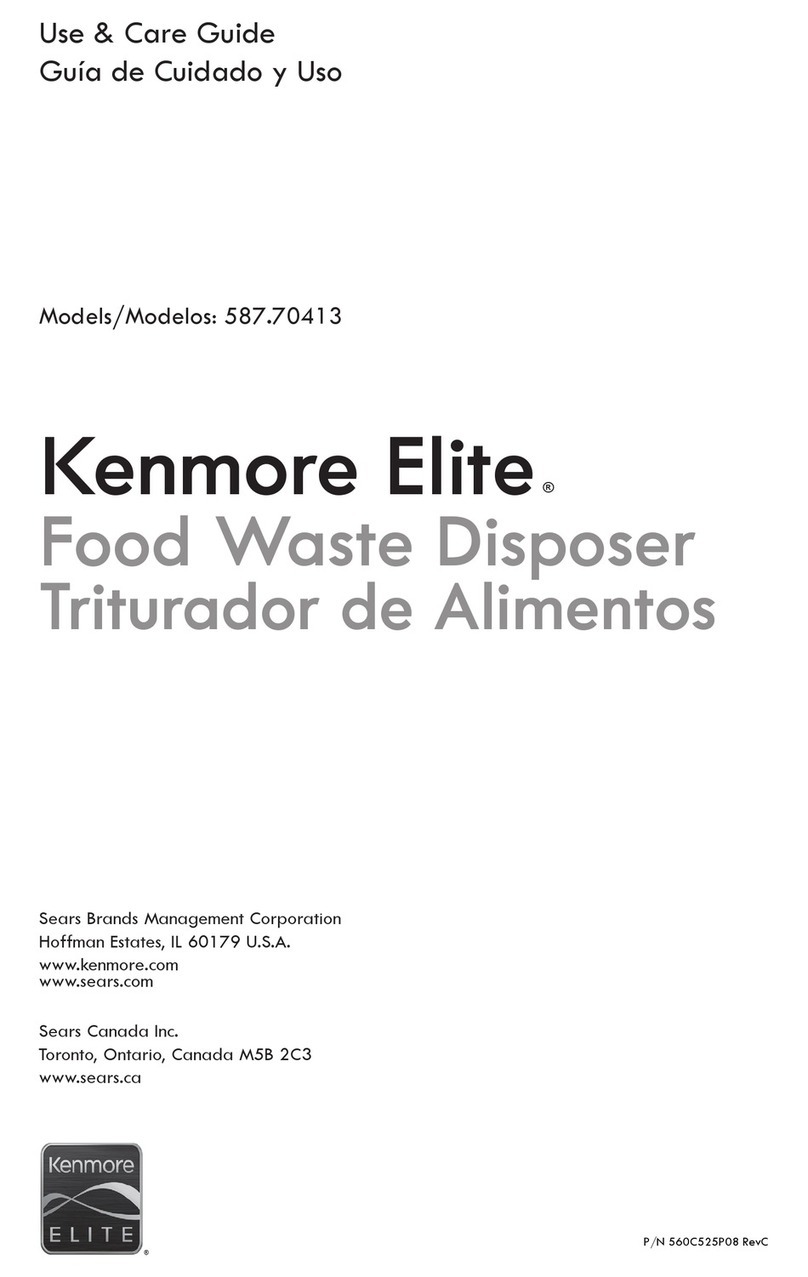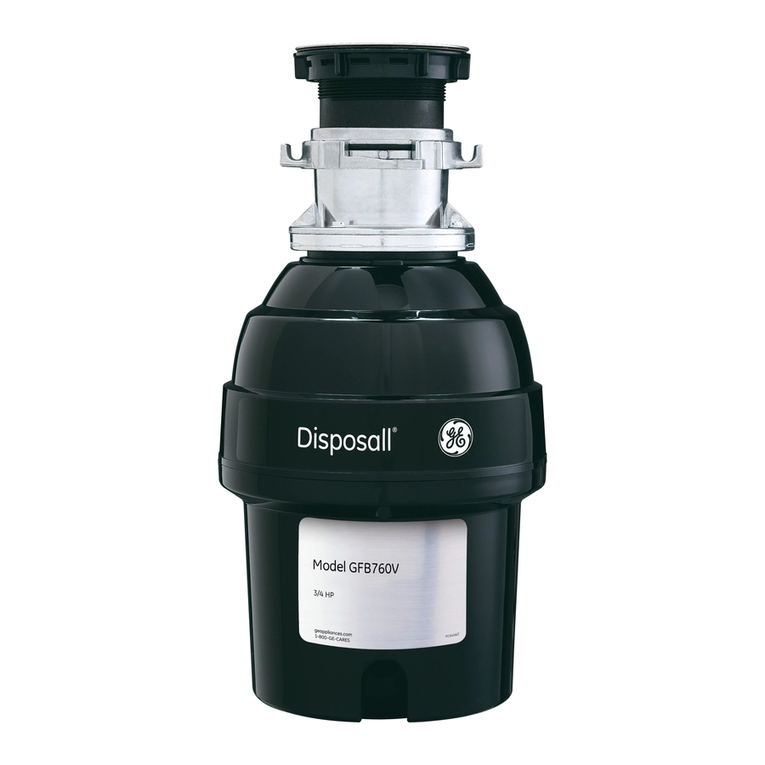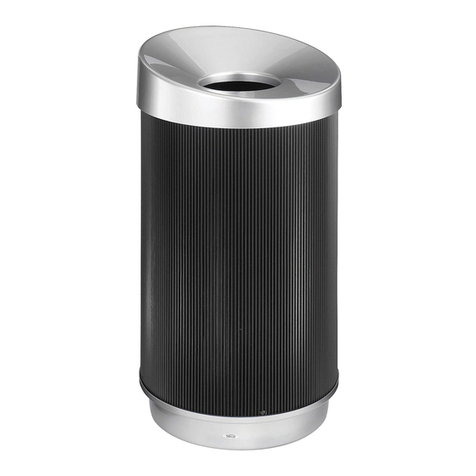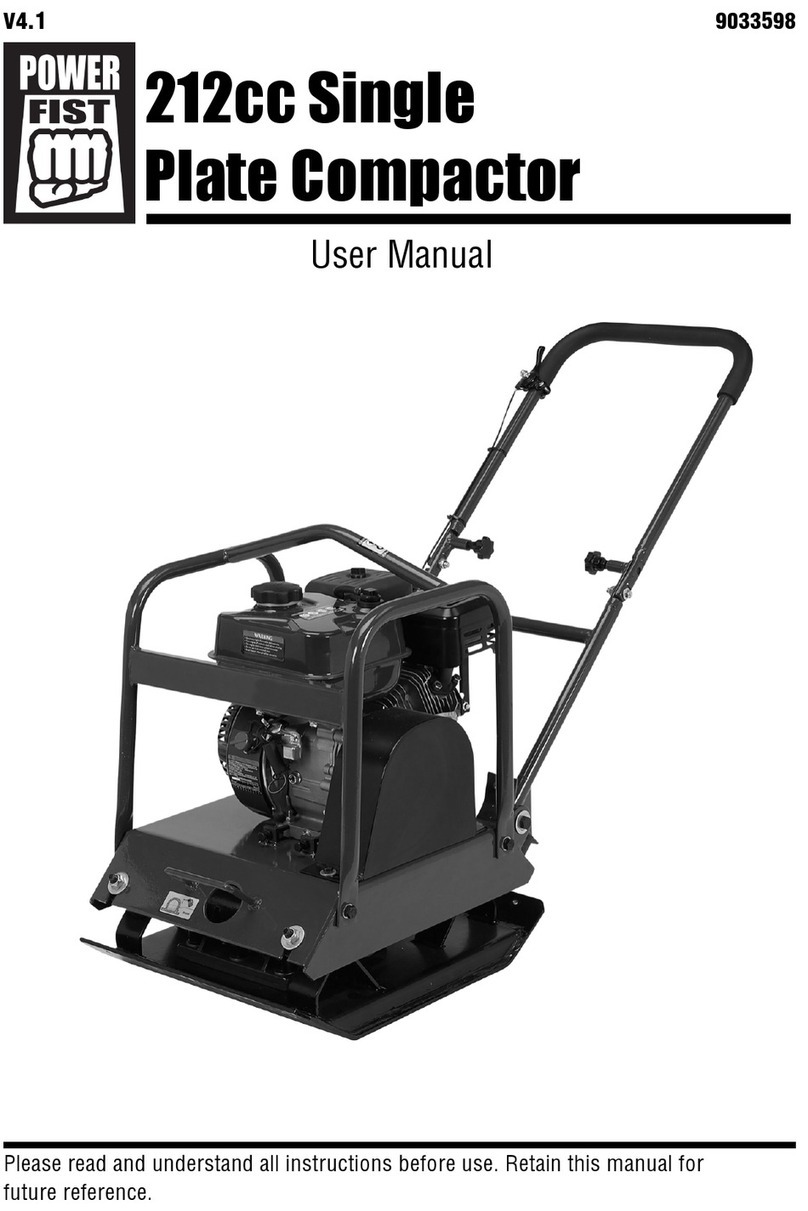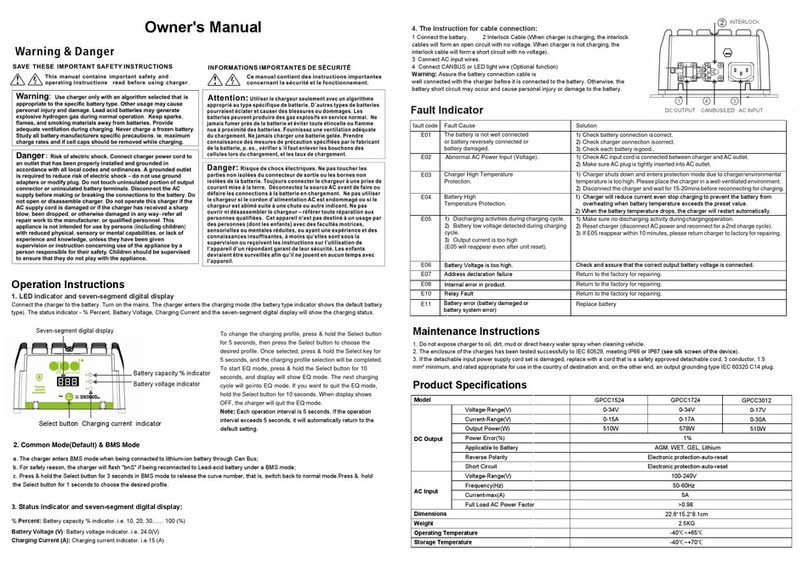
7
Q. Is There A Limit To The Amount Of
Food Waste I Can Put In The Green
Cone?
A. You can dispose of up to one kilogram
of waste per day in a well-positioned
and fully working Green Cone. As long
as the unit has a healthy population
of bacteria and a consistent ambient
temperature, it can dispose of the
food waste created by the average
family of four per day.
Q. As Well As Food Waste, Can I Put
Garden Waste In The Unit Too?
A. No, grass cuttings and garden waste
will stop the Cone from working
properly. For garden waste, you
should consider the Green Johanna
composter..
Q. Can I Put My Pet’s Excrement In The
Green Cone?
A. Yes, in moderation, if you are not using
the residue on a vegetable patch and
the Cone is not sited close to water
sources. Pet excrement must be
thrown into the Green Cone directly,
never in a bag. Bags of any sort, even
compostable or biodegradable, will
prevent the Green Cone from working
properly. Avoid adding cat litter as this
may contain antibacterial agents and
its quantity could quickly overwhelm
the Cone.
Q. Do I need to mix or stir the
Contents?
A. No, The Green Cone is designed to
break down waste naturally without
assistance.
Q. Will My Green Cone Work Every Day
Of The Year?
A. Yes, although it may slow down a little
on darker, colder days. But a little
accelerator powder will keep it working
as usual no matter what the weather.
Q. Does The Cone Need Any Chemical
Activators?
A. No, any articial additives will aect
the way the Cone’s natural bacteria
works to break down the food waste.
Q. Will My Green Cone Ever Need To
Be Emptied?
A. With a well working and well-
maintained Cone you may need to
empty and clean it once every few
years. Very little waste residue will be
produced. Should the residue build
up to ground level and not decrease,
the Cone can be removed to access
the basket and the residue dug into
any suitable area of ground.
Q. How Do I Clean The Kitchen Caddy?
A. Simply hand wash it in warm soapy
water. Do not put in the dishwasher.
Q. Will The Green Cone Attract Flies
And Vermin?
A. The Green Cone is a sealed unit and
when properly installed, with the top
of the black basket and bottom lip of
the green outer cone below ground
level and the lid shut securely, emits
no smell; any smells are ltered out
by the surrounding soil. This means
there is no obvious attraction for
ies and vermin. However, the eggs
of fruit ies are already in the skins
of many fruits and might hatch out
in the Cone. Should this happen, a
small squirt of organic y spray will
resolve the issue. It is important that
the caddy is always kept well covered
in the kitchen to prevent house ies
laying eggs in the food waste, which
would then be transferred to the
Cone, putting ies into the system.
Again, a squirt of organic y spray will
clear up the issue without hindering
the eco-system in the unit.
Obviously, it is important not to spill
food near the Green Cone.
The most common questions asked by
Green Cone users








